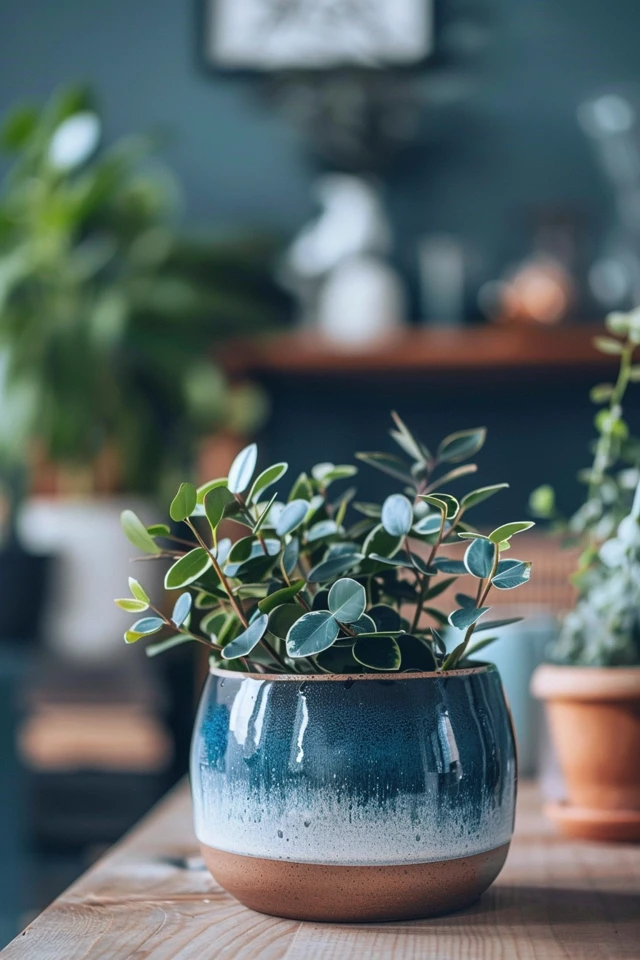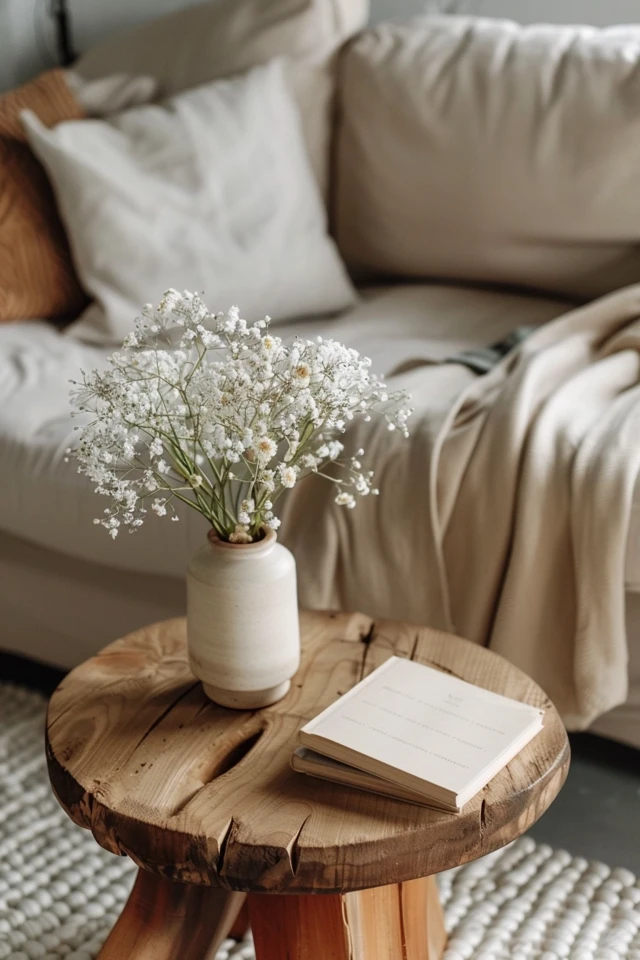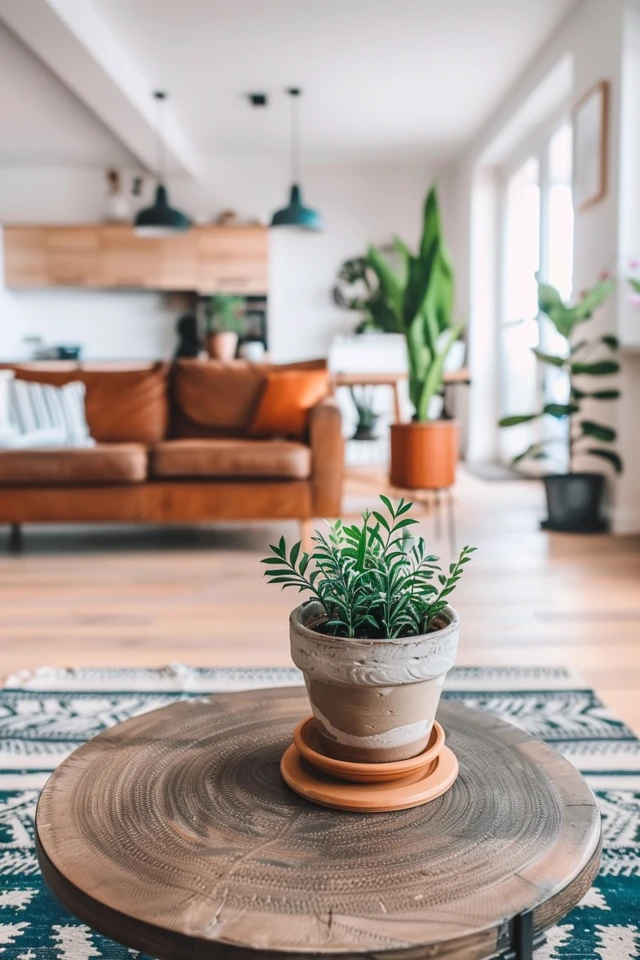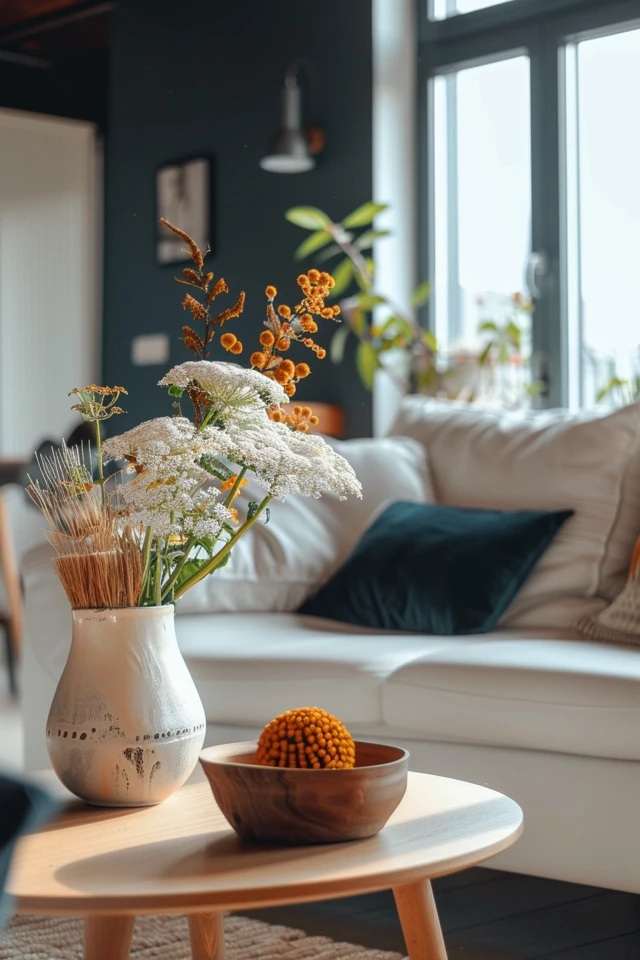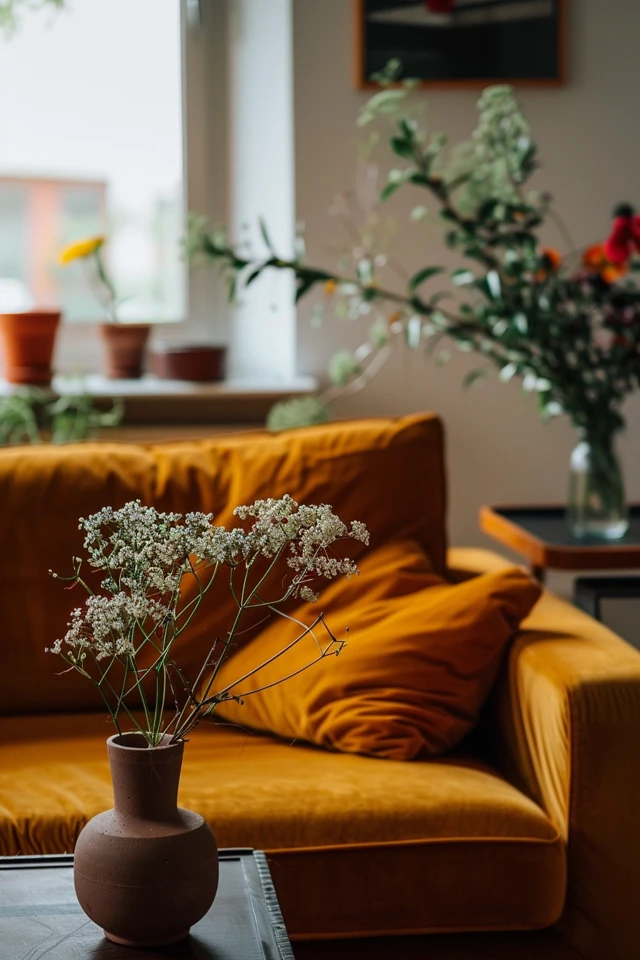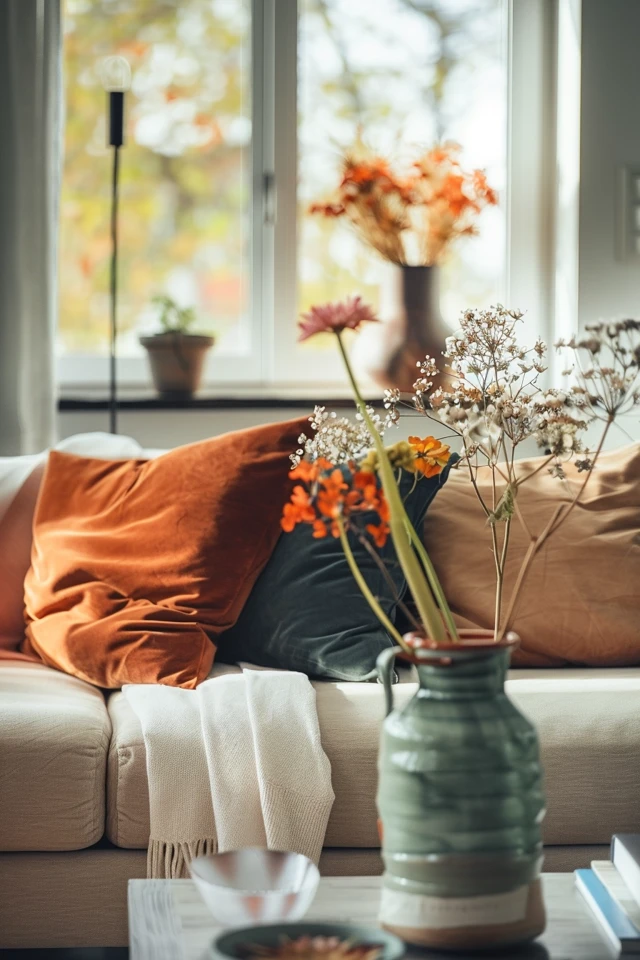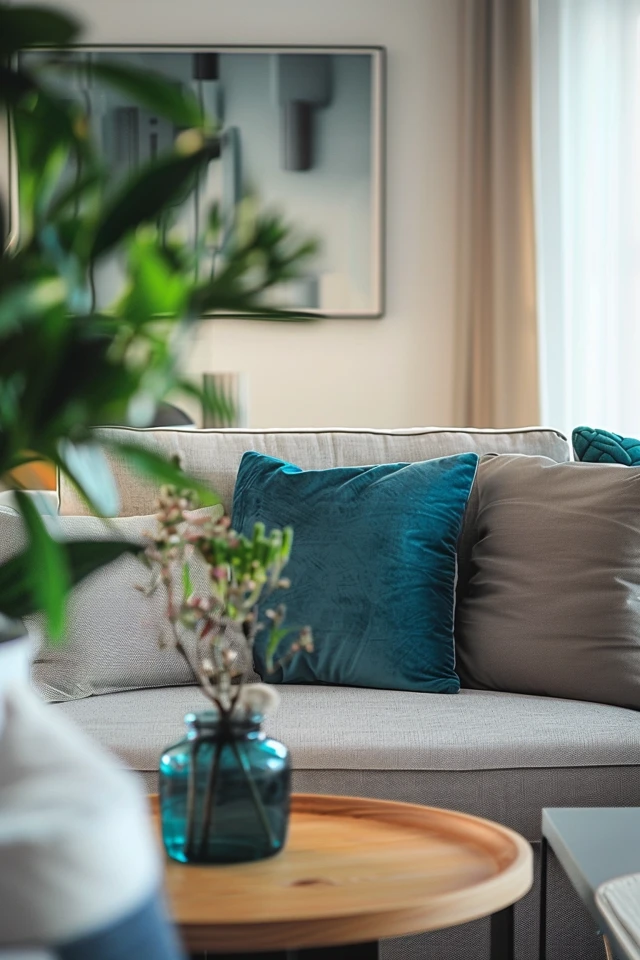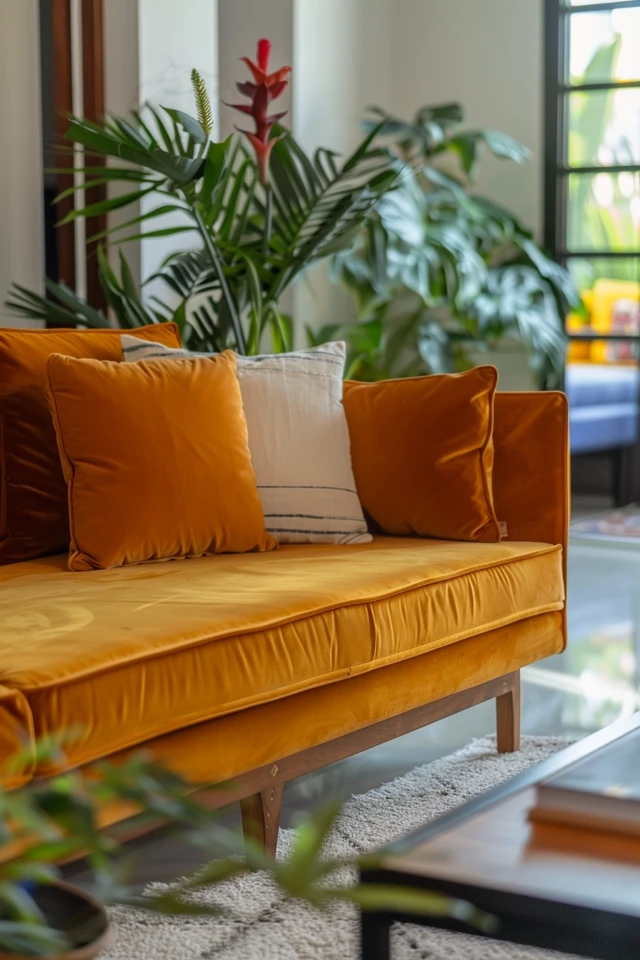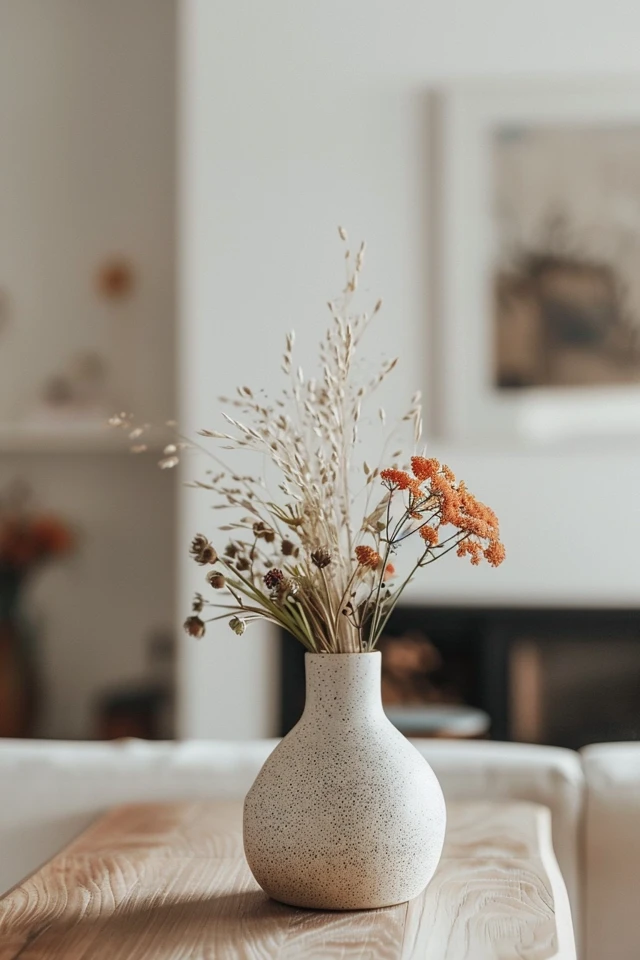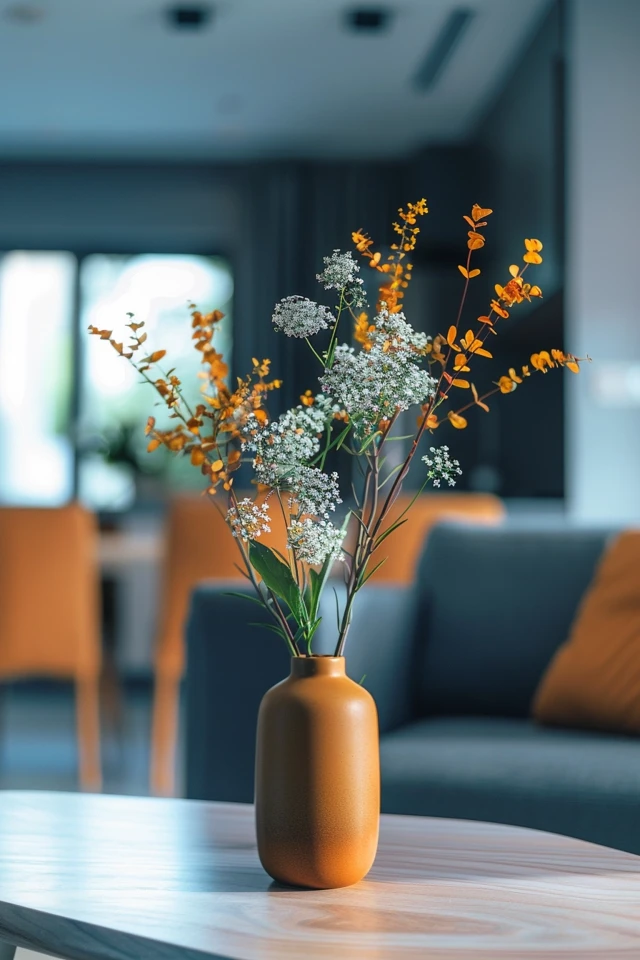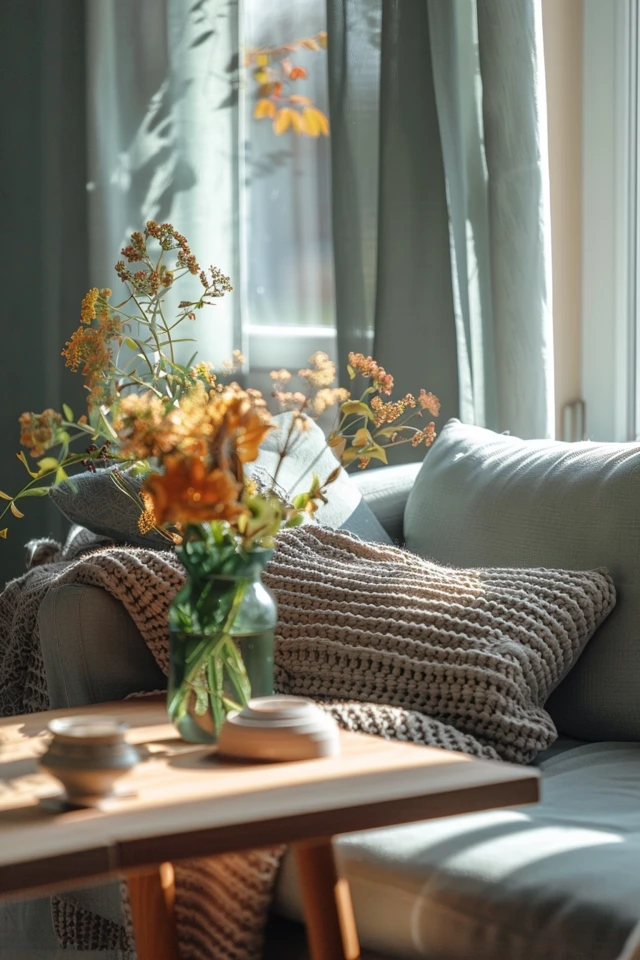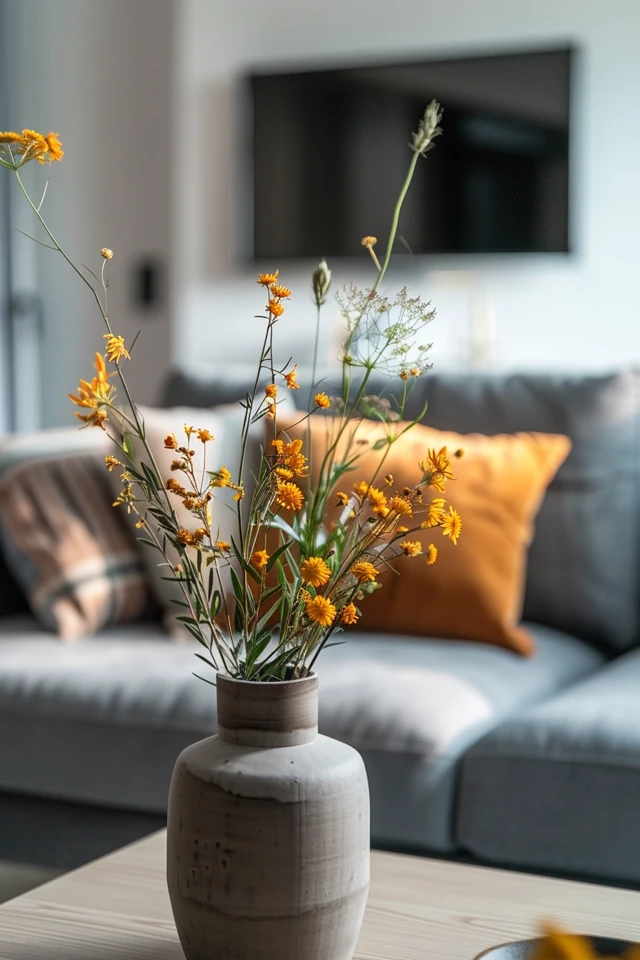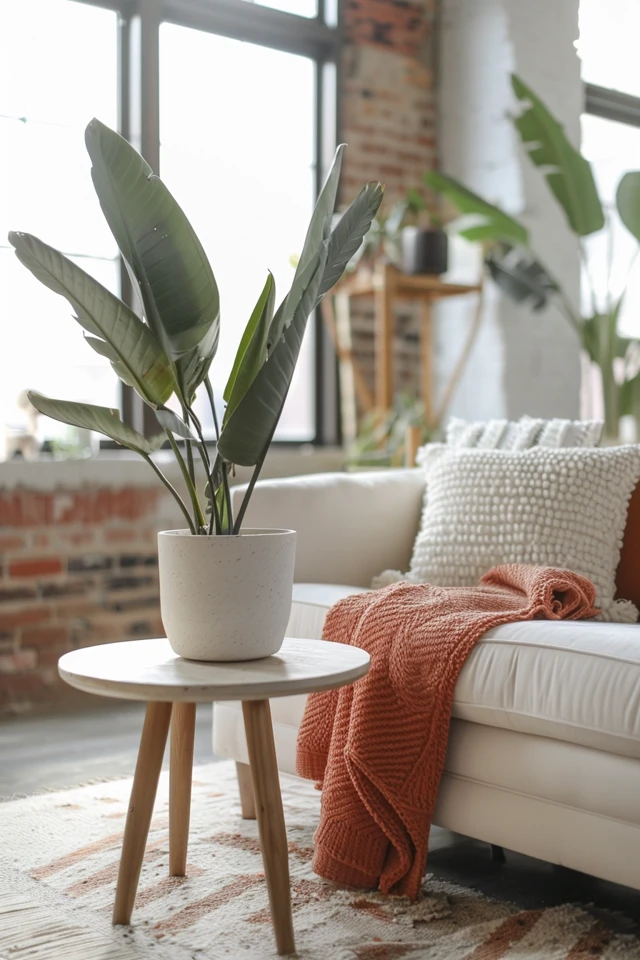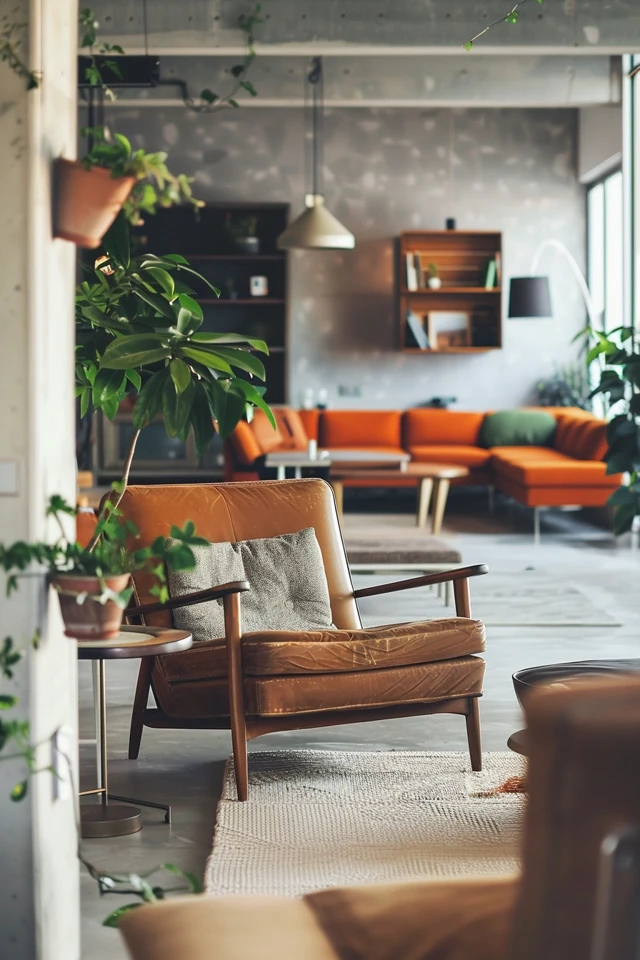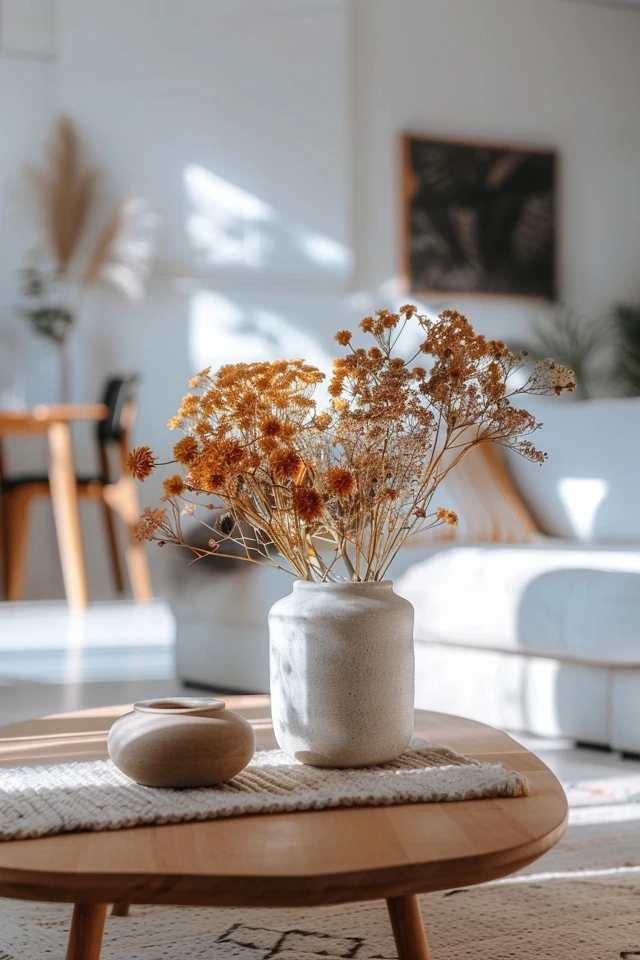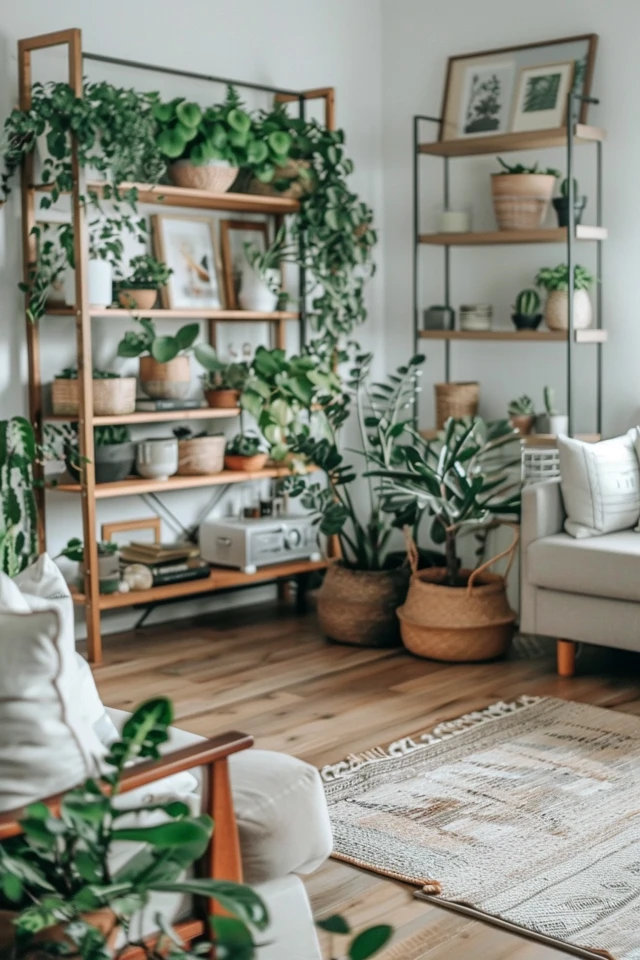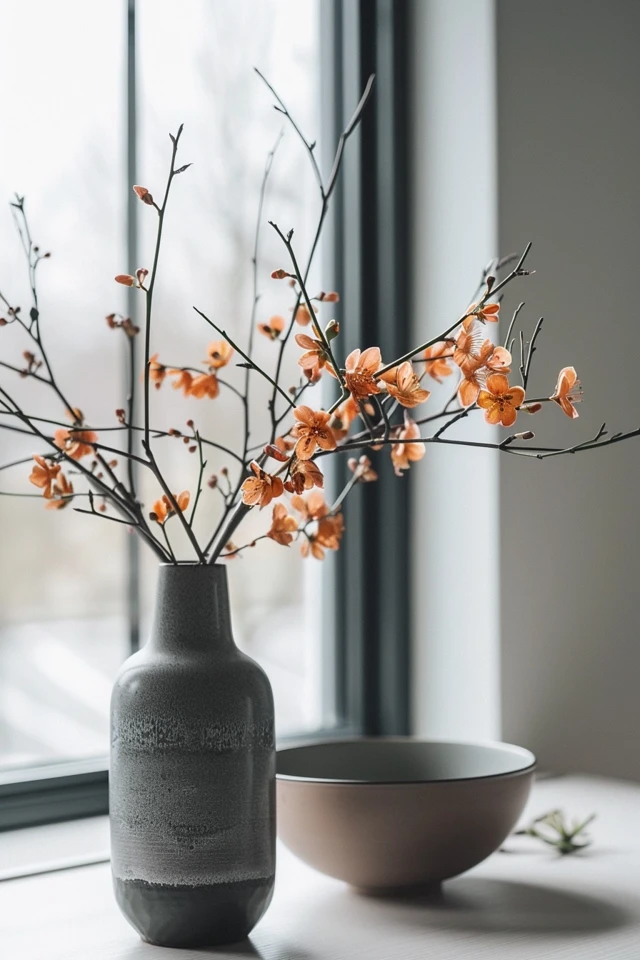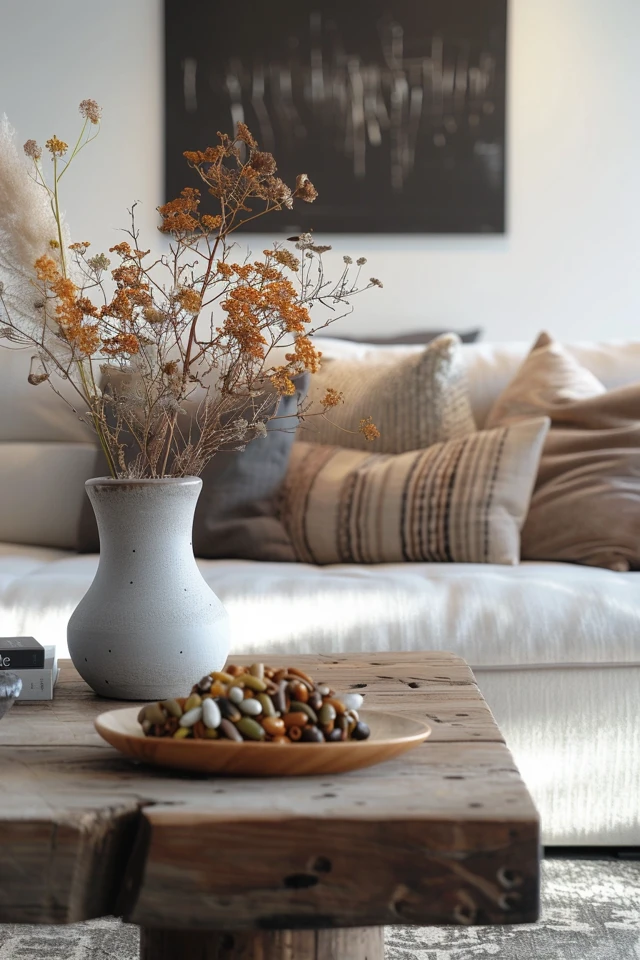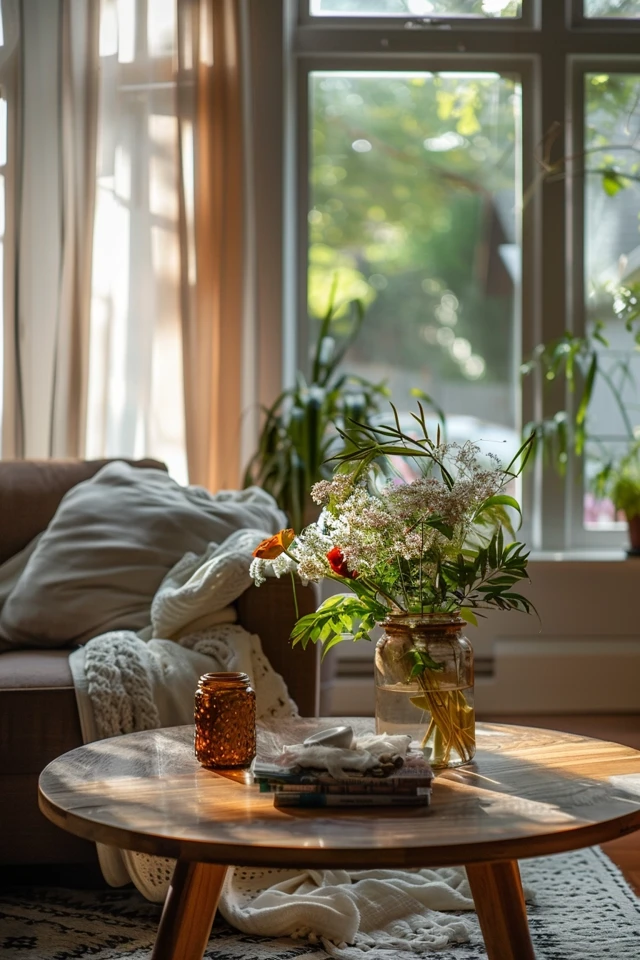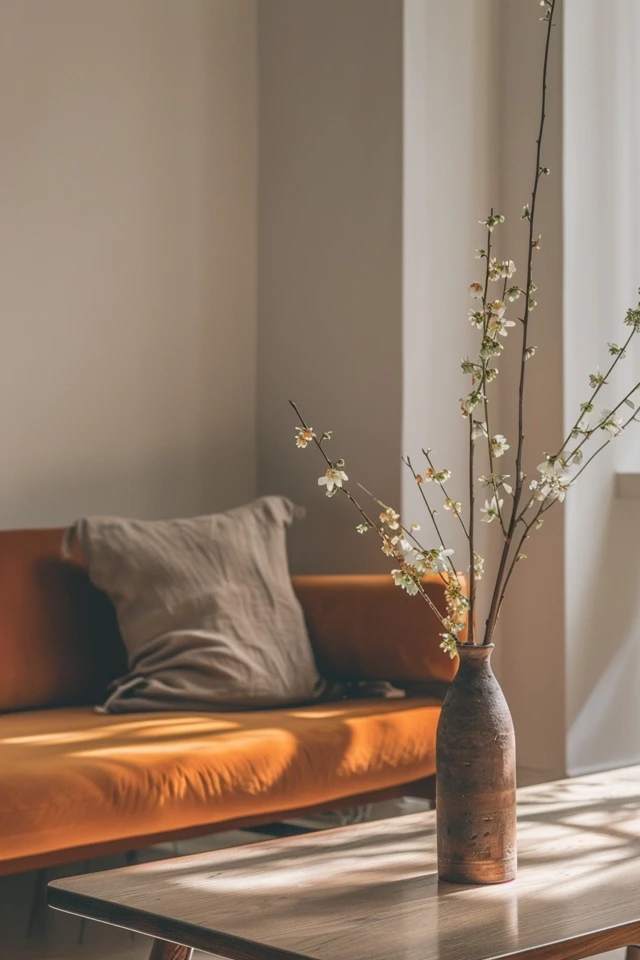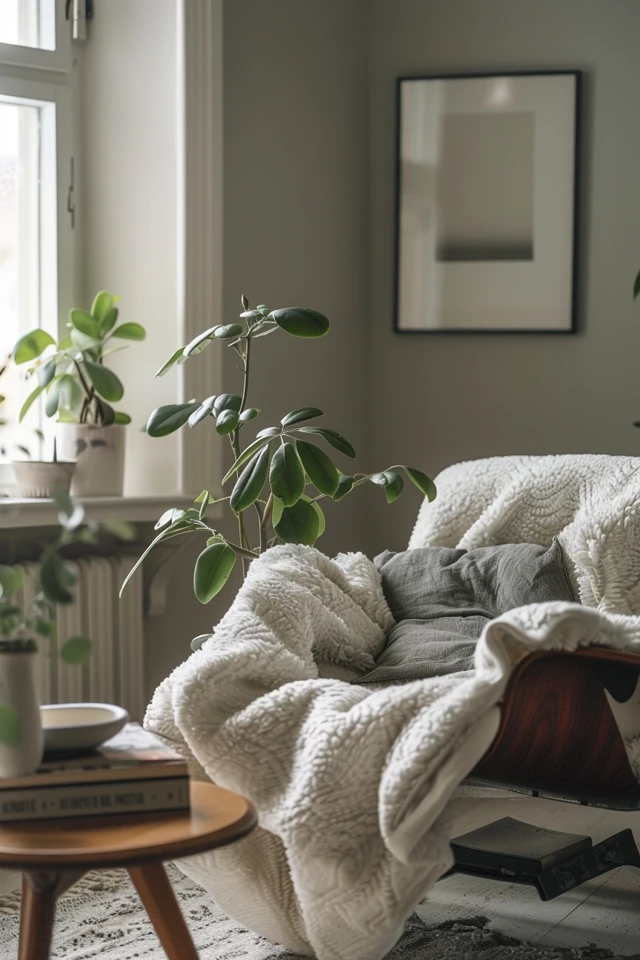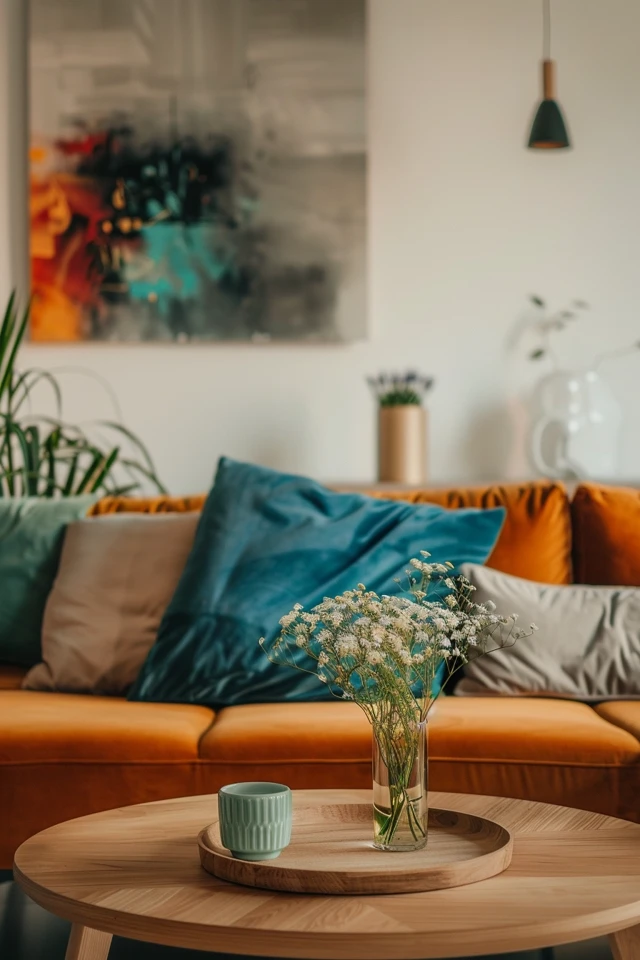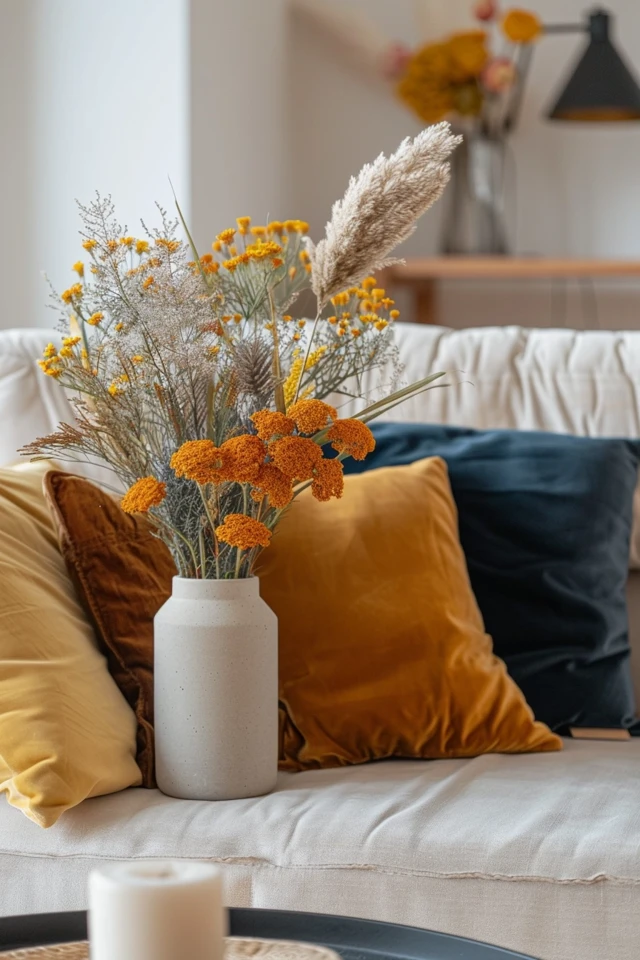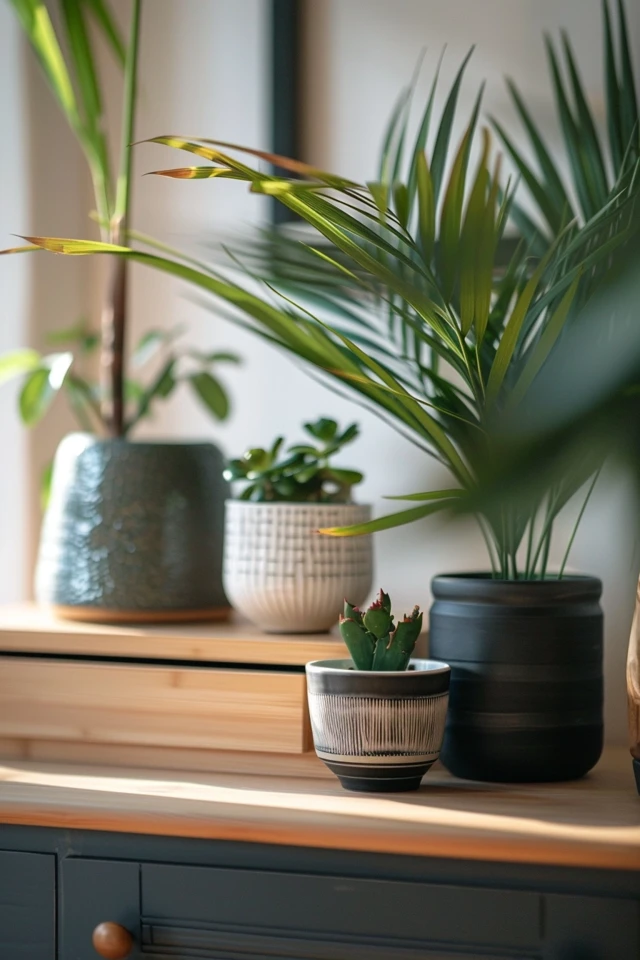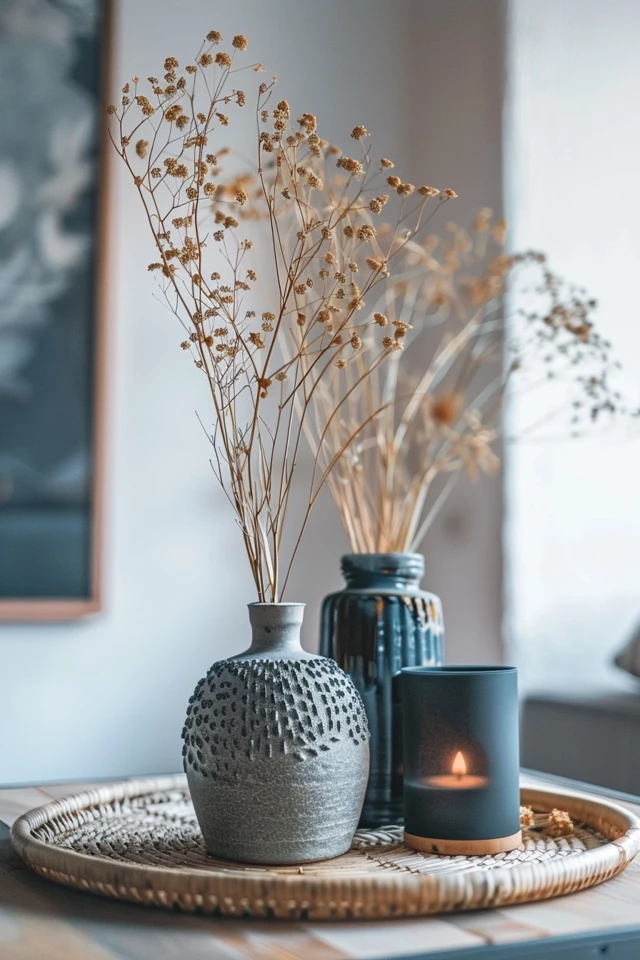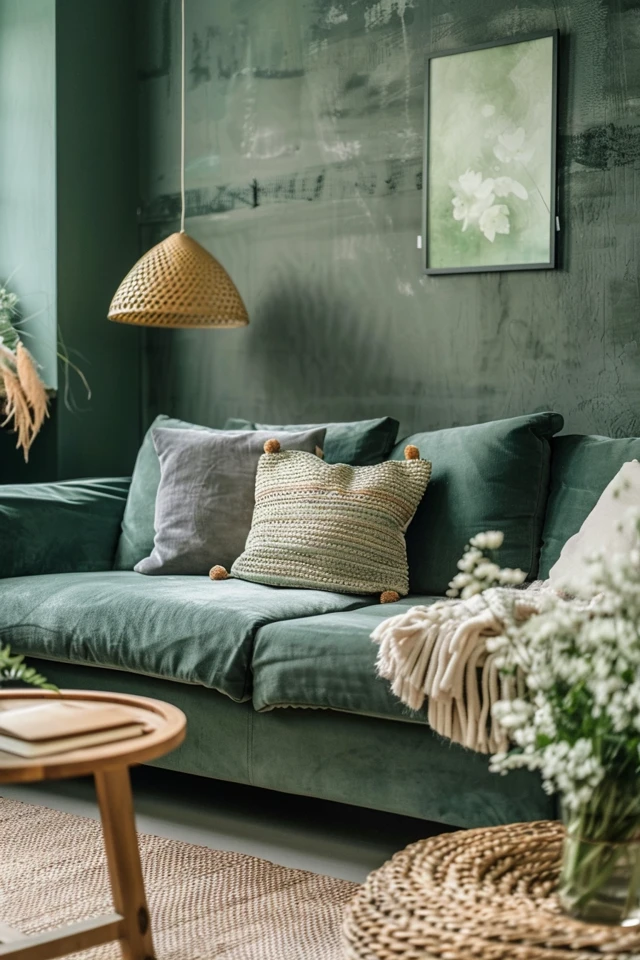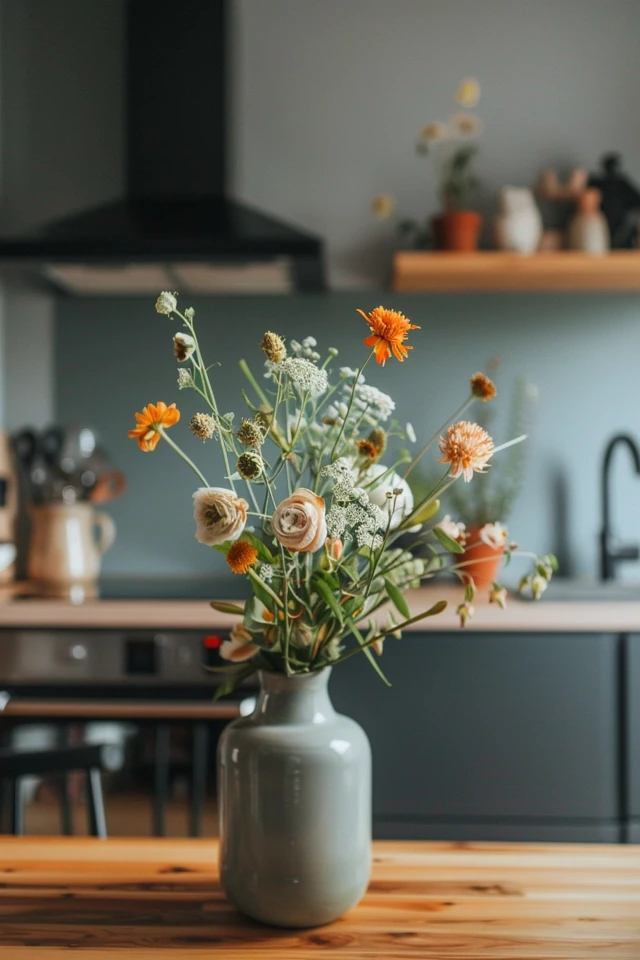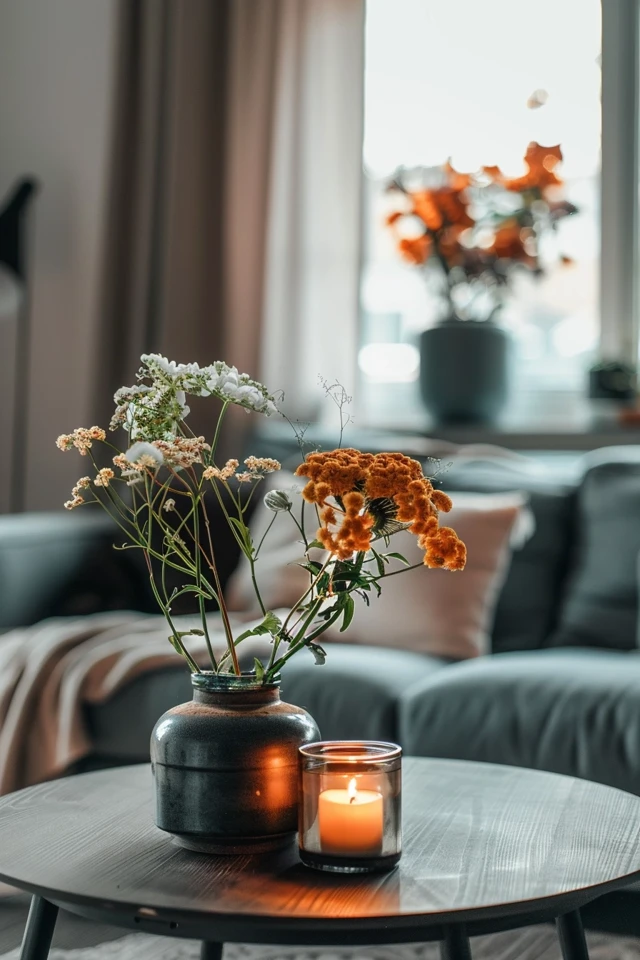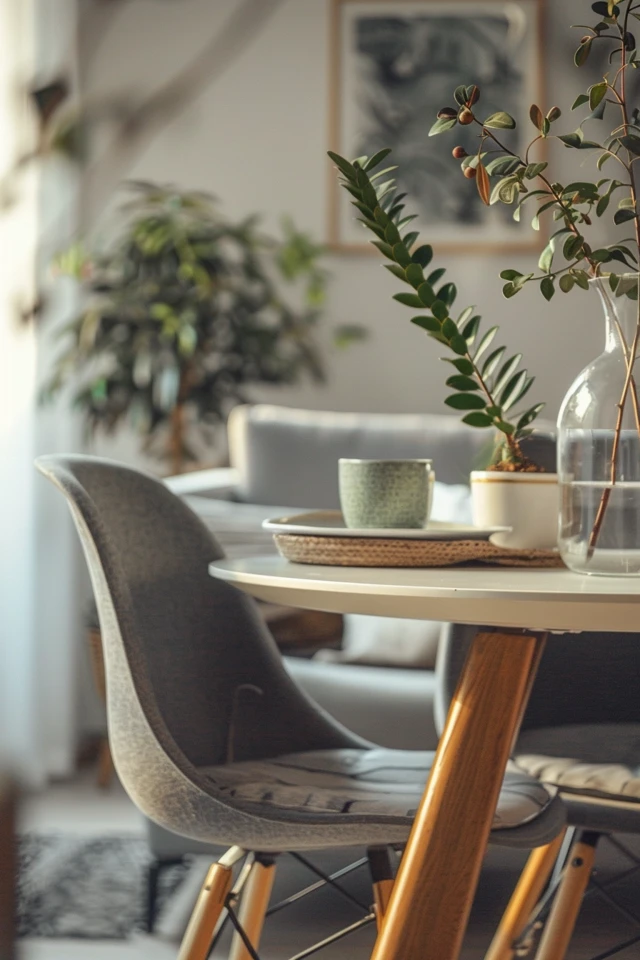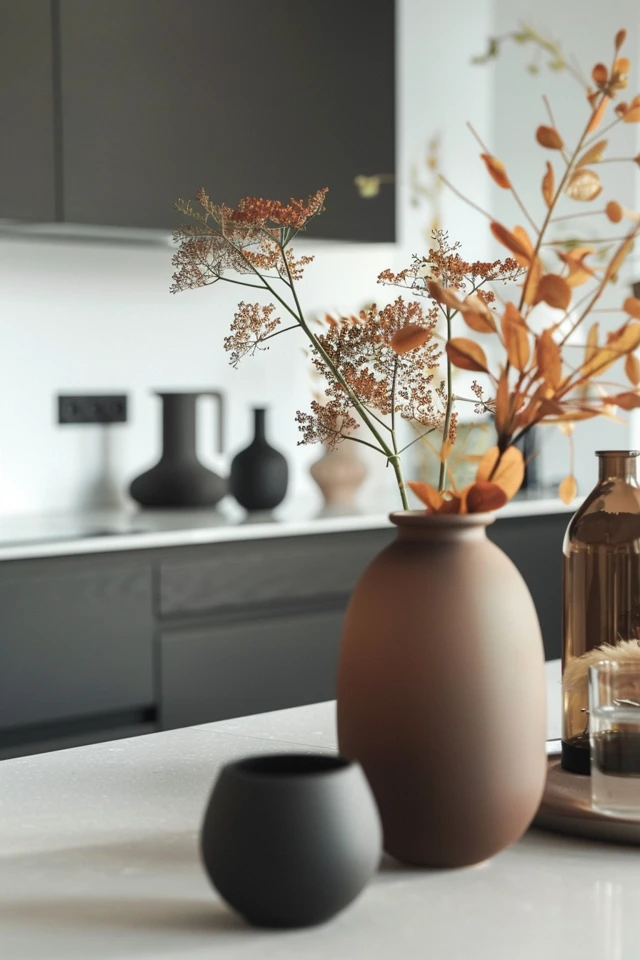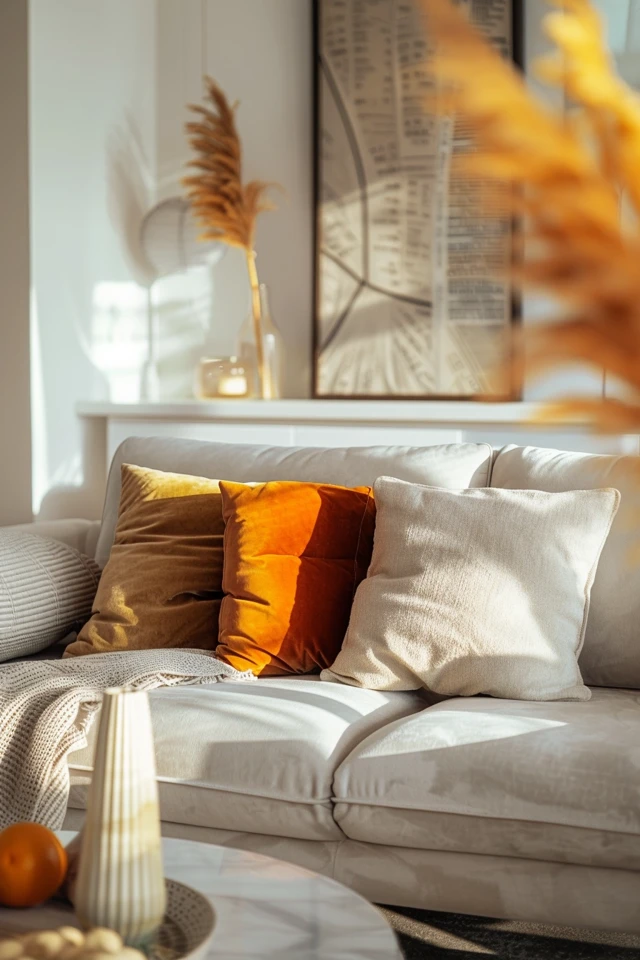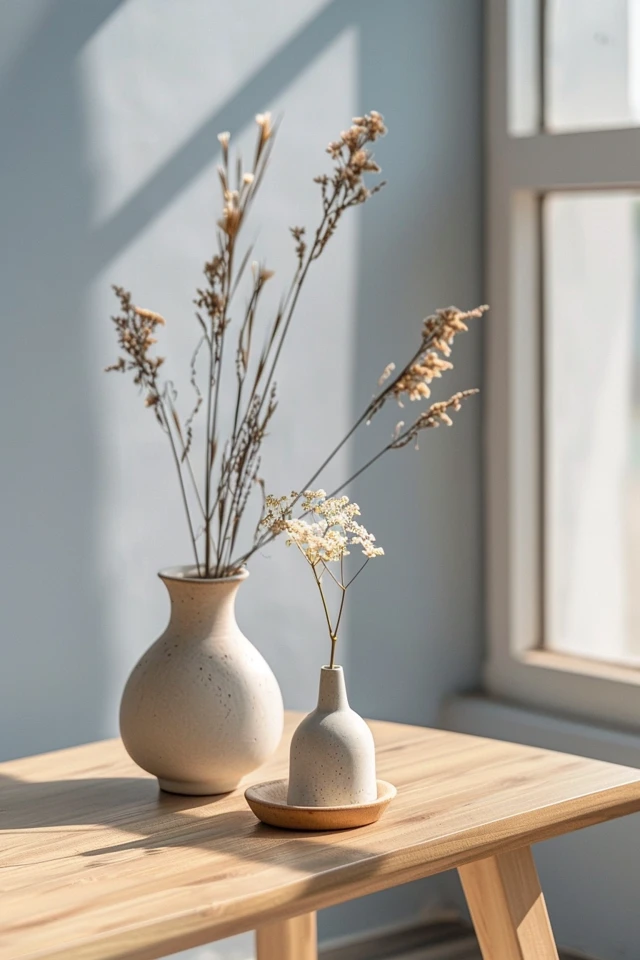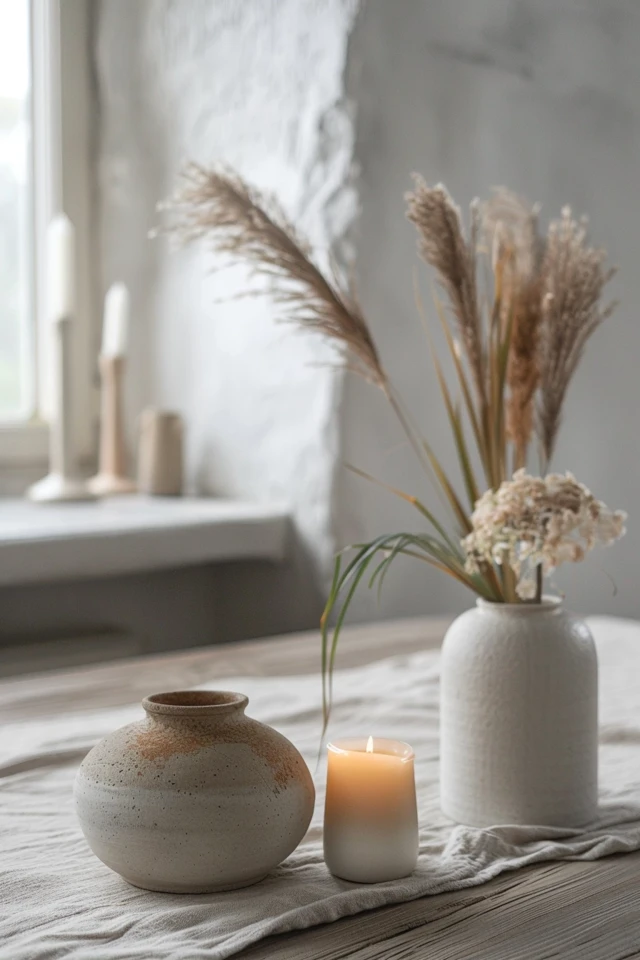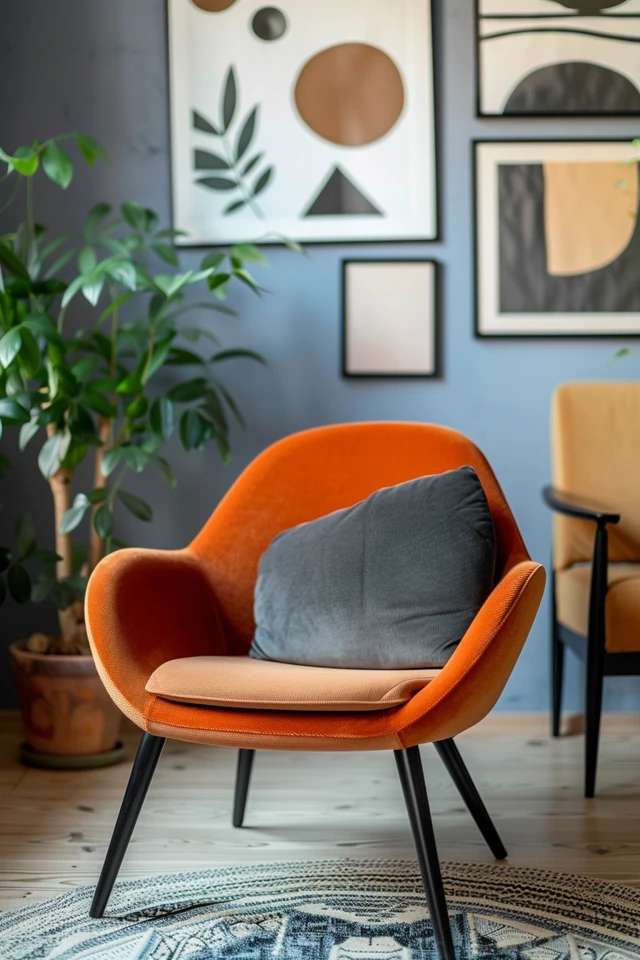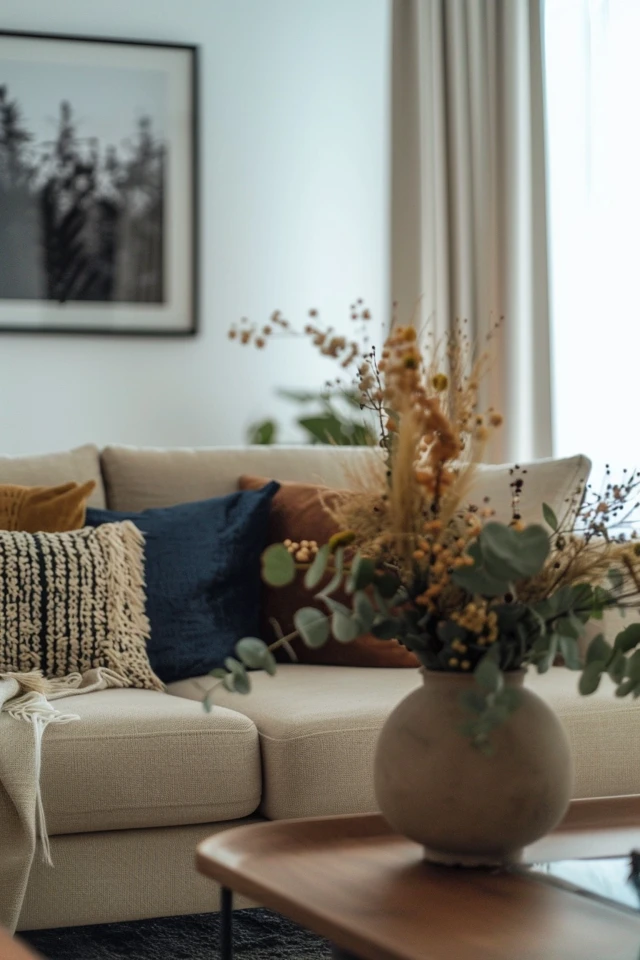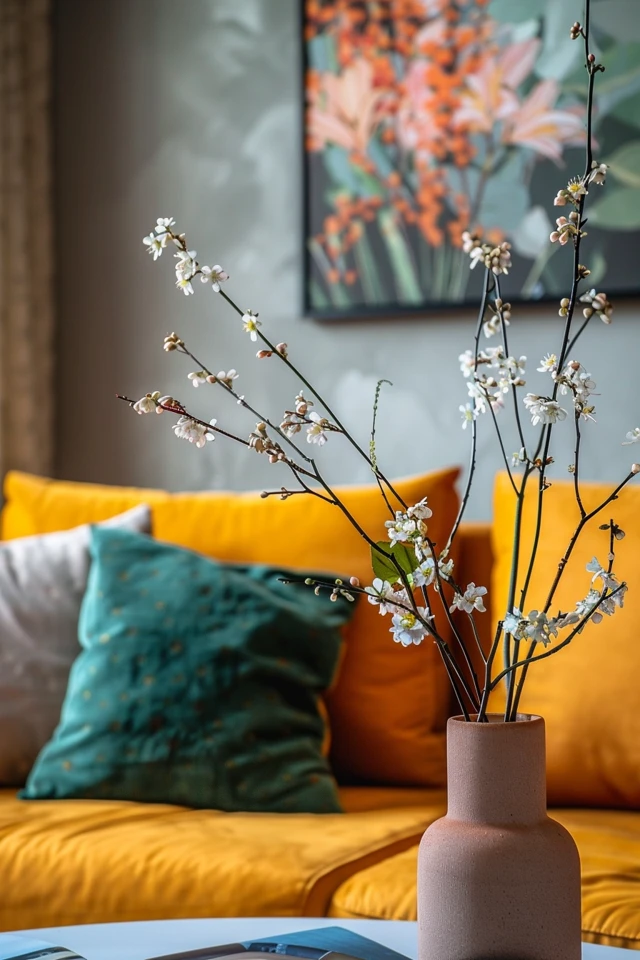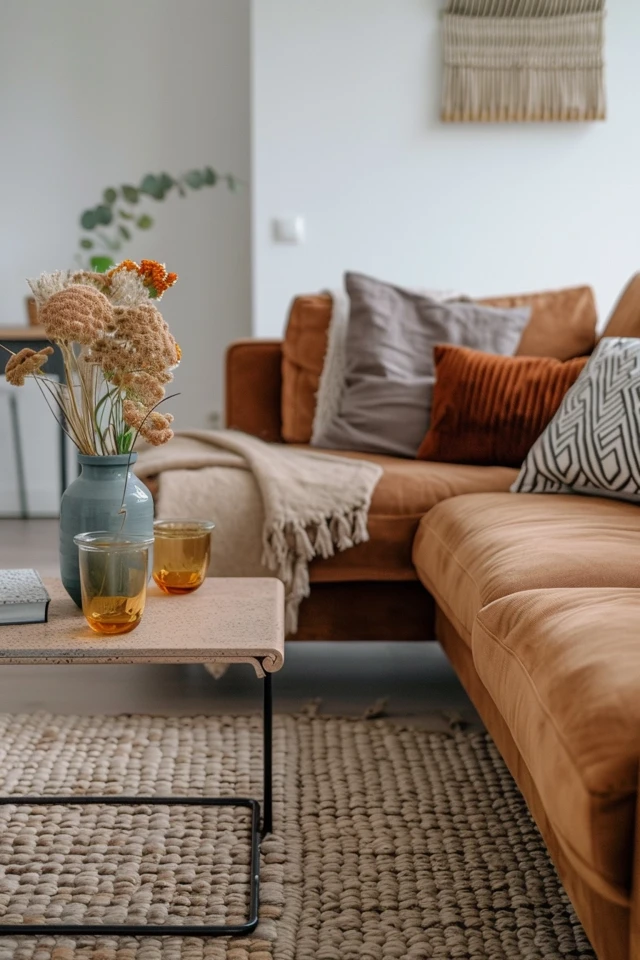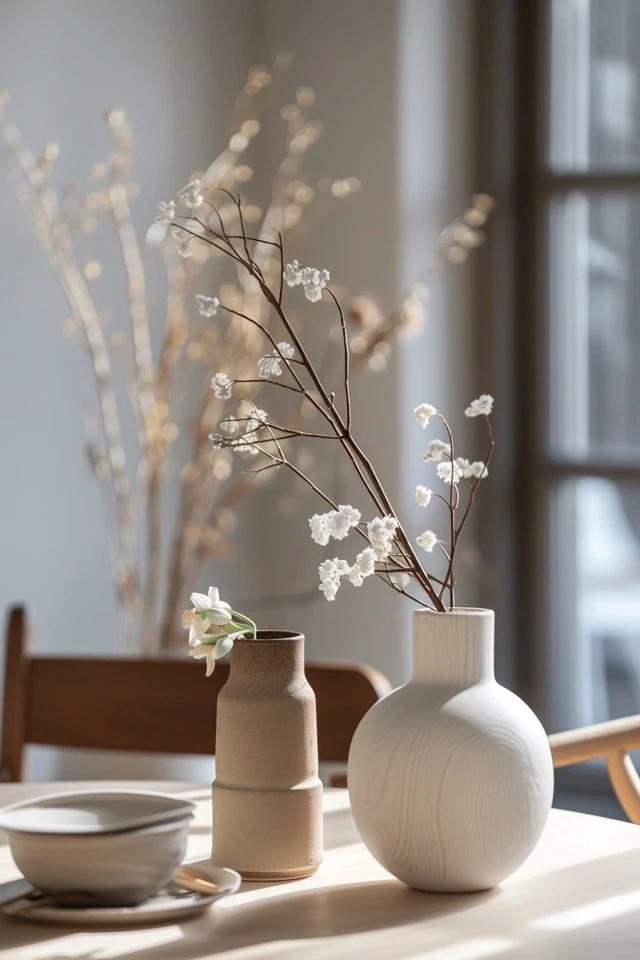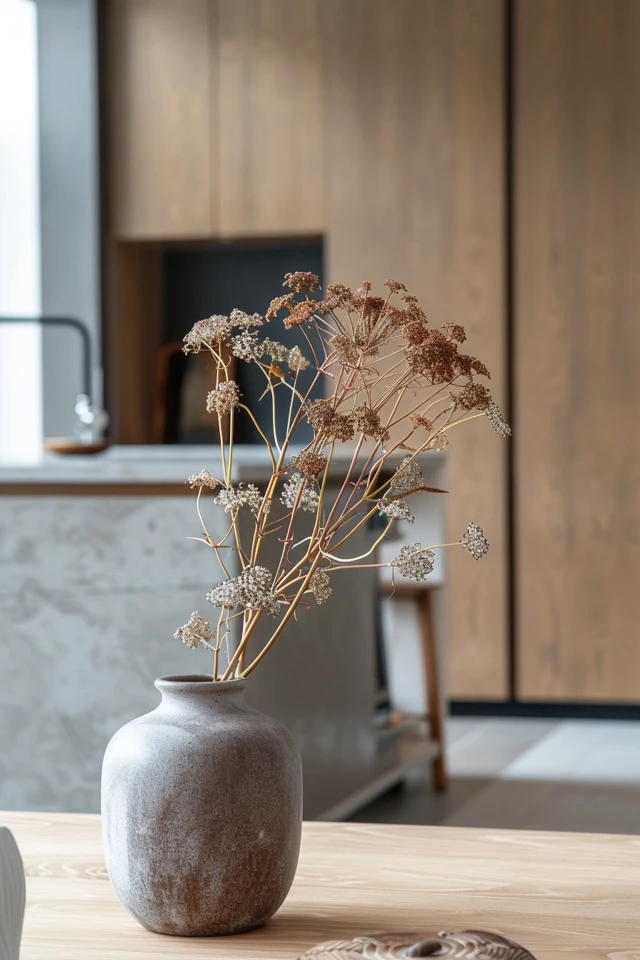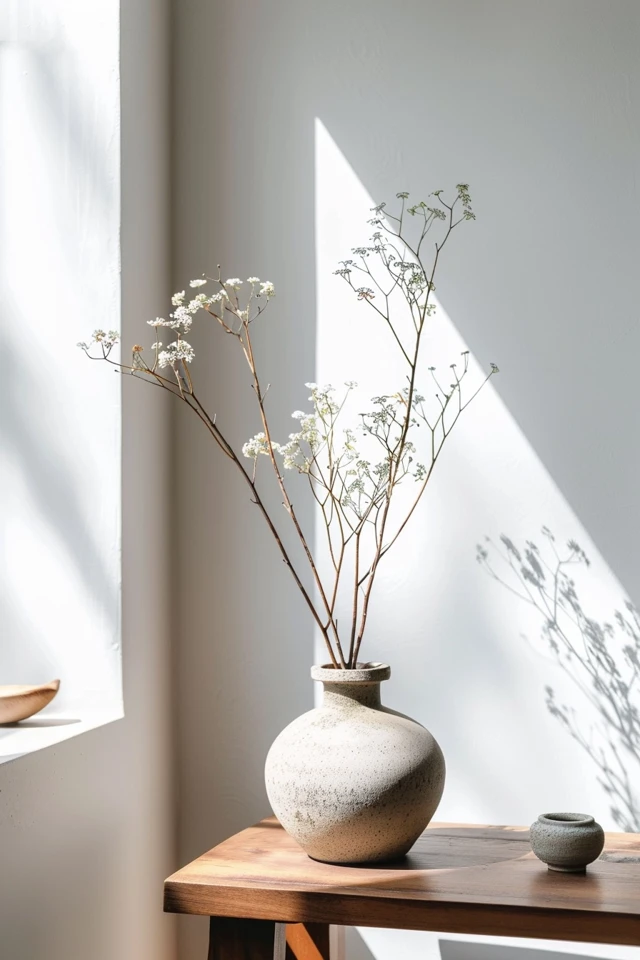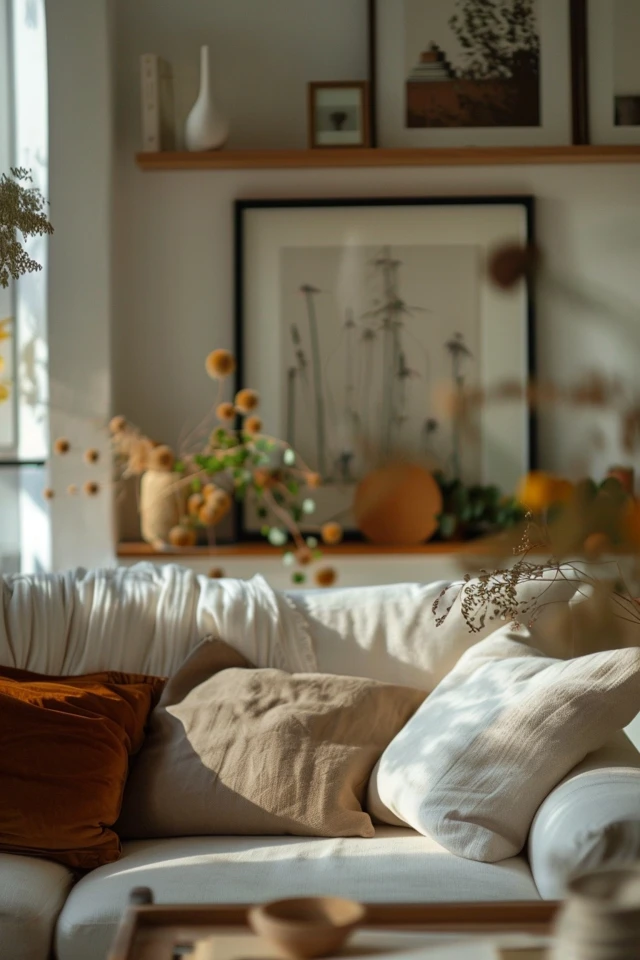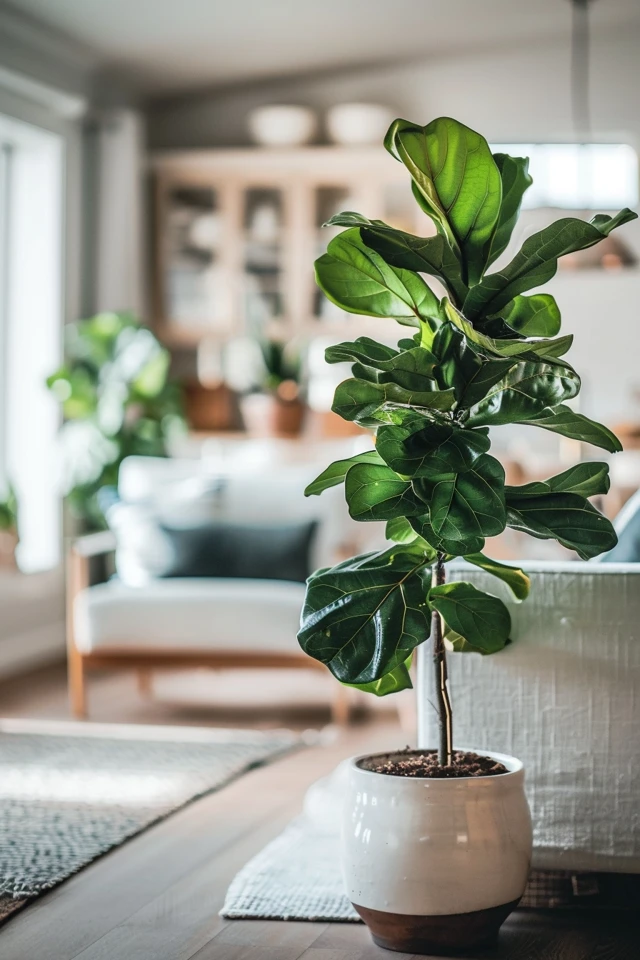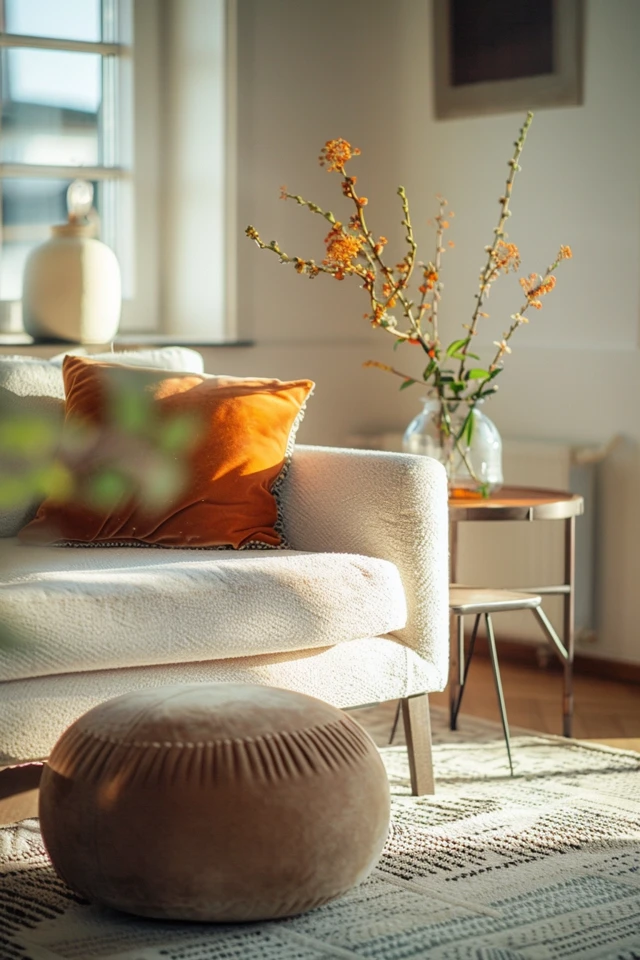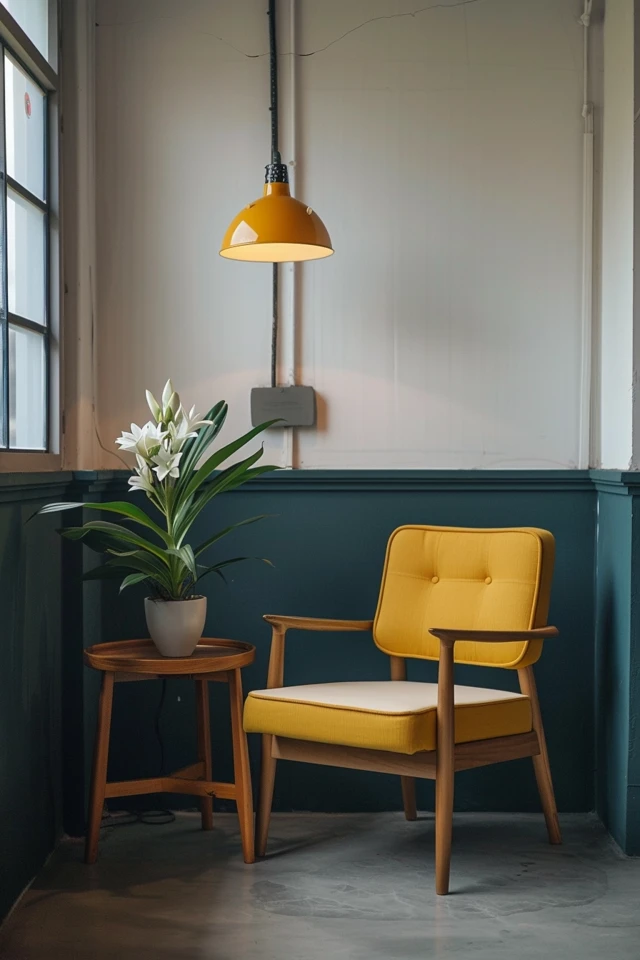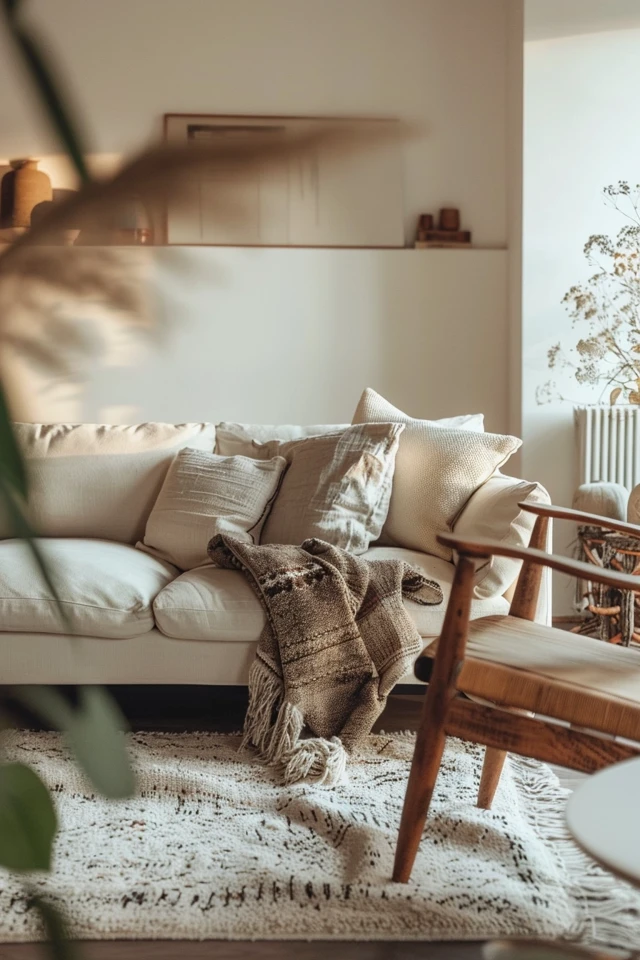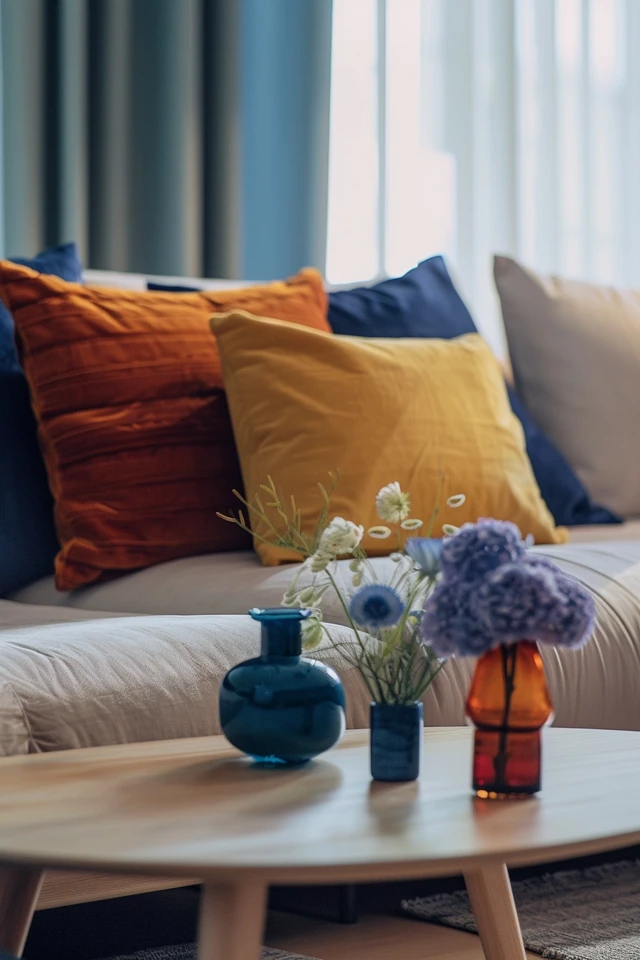Before Reading this Article, Hire Us As Your Designer or Take a Look at My Top 3 Amazon Picks!
If you are looking to blend Amazon's furniture finds with a personalized touch for your space, check out my portfolio, and hire us! You'll get 3 Idea boards, 2 Concept Boards, 2 Realistic Renderings, a Floor Plan, and a Shopping List! Everything's online, plus a 25% discount on your first online interior design project with my Havenly Promo code 4c7441bcfb. With over 2,000 designs since 2017 and top US brand partnerships, your project is in expert hands. US only. Ready to start?
The Interior Design Handbook: Furnish, Decorate, a...
43% OffNew York School of Interior Design: Home: The Foun...
45% OffMade for Living: Collected Interiors for All Sorts...
50% OffEmbarking on a home decor journey can be both exciting and daunting, especially for beginners. Whether you’re moving into your first home or looking to refresh your current space, understanding the basics of home decor is essential to creating a stylish and functional environment. As an architect and interior designer with expertise in evidence-based design, I can guide you through the fundamental principles of home decor to help you achieve a beautiful and harmonious home.
Home decor is not just about making a space look good; it’s about creating an environment that enhances your quality of life. By applying evidence-based design principles, we can ensure that our homes are not only aesthetically pleasing but also supportive of our physical and emotional well-being. From selecting the right color palette to arranging furniture, the basics of home decor provide a solid foundation for any decorating project.
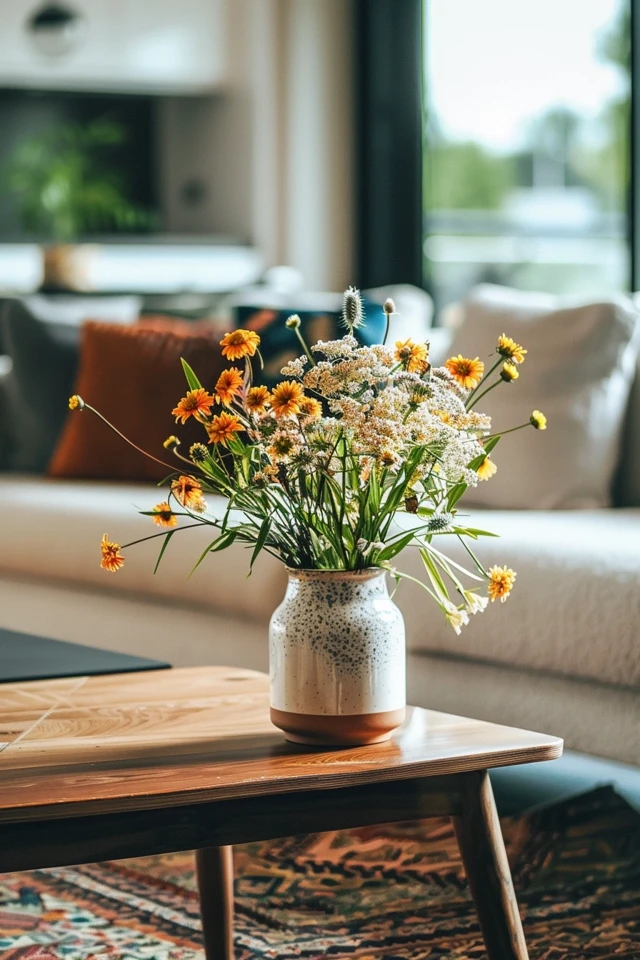
In this blog post, we will explore the essential elements of home decor that every beginner should know. These tips are designed to inspire and provide practical guidance as you embark on your decorating journey. Let’s dive into the basics of home decor and transform your space into a beautiful and functional haven.
Key Takeaways
- Understand the importance of color in creating mood and atmosphere.
- Choose furniture that balances style and functionality.
- Incorporate lighting to enhance ambiance and usability.
- Use accessories and decor items to add personality and charm.
- Plan your layout and flow for optimal space utilization.
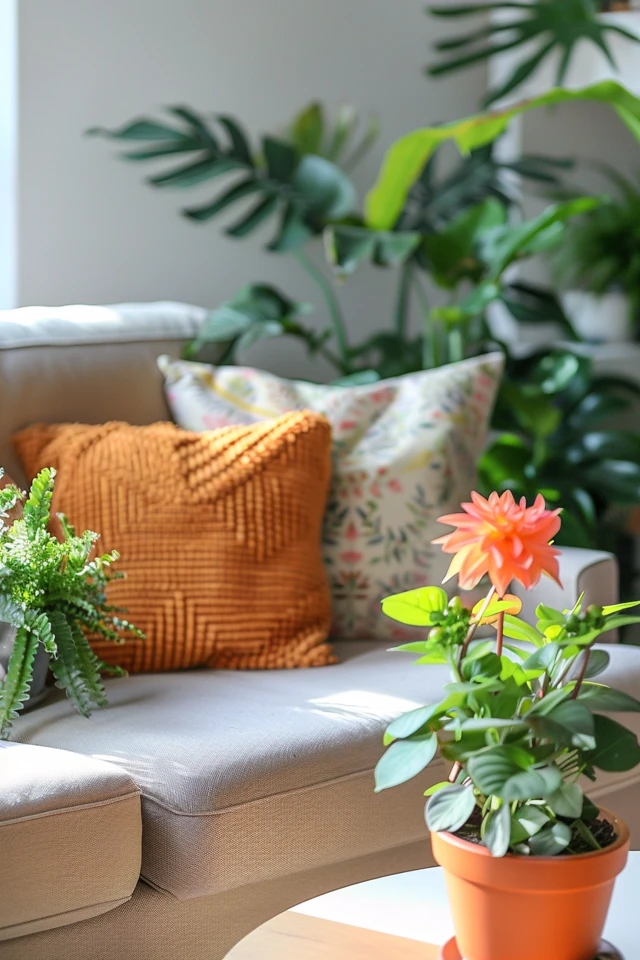
1. Understand the Importance of Color
Color is one of the most powerful tools in home decor, capable of transforming the look and feel of a space. The right color palette can create a cohesive and harmonious environment, while also reflecting your personal style. As a beginner, it’s important to understand how different colors can impact mood and behavior.
Evidence-based design highlights the psychological effects of color on our emotions and well-being. For instance, cool colors like blue and green can create a calming and relaxing atmosphere, making them ideal for bedrooms and bathrooms. On the other hand, warm colors like red, orange, and yellow can energize and stimulate, perfect for social spaces like the living room and kitchen.
When choosing a color palette, consider the function of each room and the mood you want to create. Start with a neutral base and add pops of color through accessories, textiles, and accent walls. This approach allows for flexibility and easy updates as your style evolves.
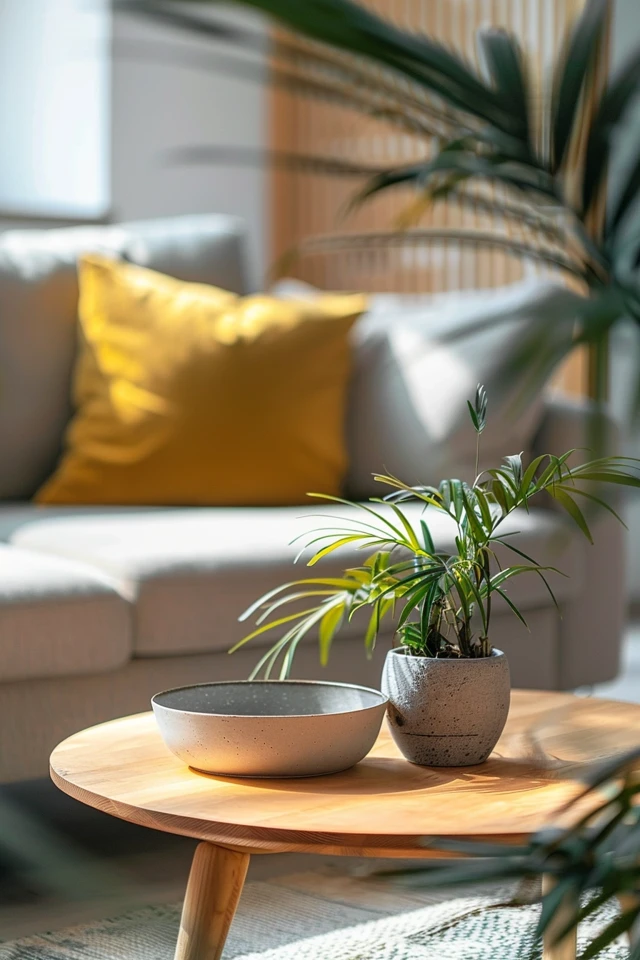
2. Choose Furniture That Balances Style and Functionality
Furniture is a major component of home decor, and choosing the right pieces is crucial for both style and functionality. As a beginner, focus on selecting furniture that suits your lifestyle and complements your overall design aesthetic. Consider factors such as comfort, durability, and scale when making your choices.
Evidence-based design emphasizes the importance of ergonomic and functional furniture in promoting well-being and efficiency. For example, a comfortable sofa with good back support is essential for a relaxing living room, while a sturdy dining table can enhance your dining experience. Opt for multifunctional furniture, such as storage ottomans or extendable tables, to maximize space and versatility.
When arranging furniture, ensure there is enough space for movement and that the layout supports the flow of activities. Avoid overcrowding the room and choose pieces that enhance the room’s functionality and visual appeal. A well-chosen furniture arrangement can create a balanced and inviting environment.
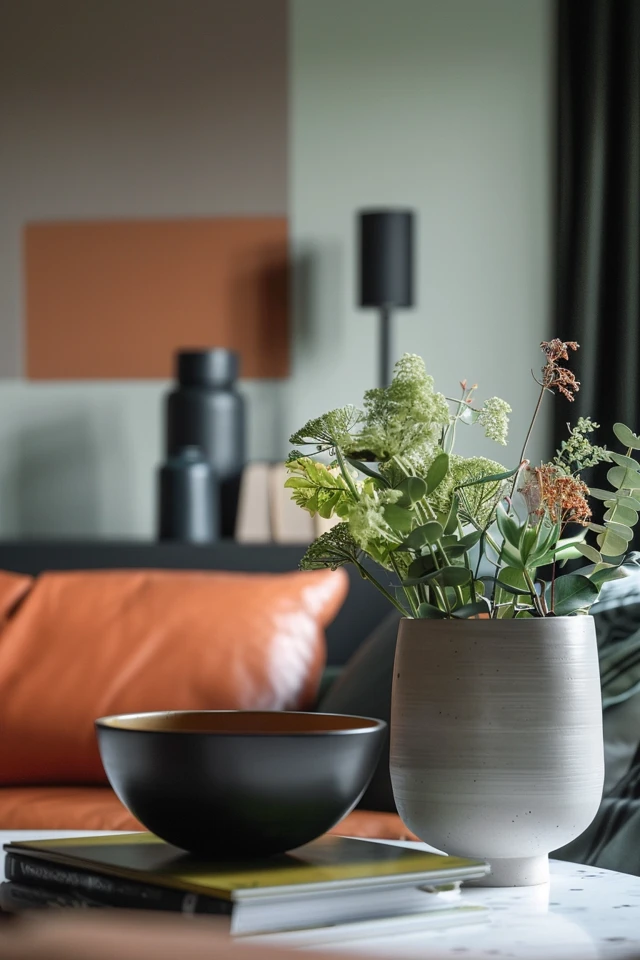
3. Incorporate Lighting
Lighting plays a critical role in home decor, influencing both the functionality and ambiance of a space. A well-lit room is not only more usable but also more inviting. As a beginner, it’s important to understand the different types of lighting and how to use them effectively.
Evidence-based design supports the use of layered lighting to create a balanced and flexible lighting scheme. Ambient lighting provides overall illumination, task lighting focuses on specific activities, and accent lighting highlights architectural features or decor elements. Combining these three types of lighting can create a dynamic and functional space.
Choose lighting fixtures that complement your design style and meet your lighting needs. For example, a chandelier or pendant light can serve as a focal point in the dining room, while under-cabinet lighting can enhance the functionality of the kitchen. Dimmable lights are also a great option, allowing you to adjust the brightness based on the time of day and activity.

4. Use Accessories and Decor Items
Accessories and decor items are the finishing touches that bring personality and charm to your home. These elements can transform a room from functional to fabulous, reflecting your unique style and interests. As a beginner, focus on selecting accessories that complement your color palette and overall design aesthetic.
Evidence-based design highlights the importance of personalization in creating comfortable and meaningful spaces. Displaying items that have sentimental value or that you find aesthetically pleasing can enhance your emotional well-being. Consider using decorative pillows, throws, artwork, and vases to add color, texture, and interest to your space.
When accessorizing, think about balance and proportion. Group items in odd numbers and vary the heights to create visual interest. Use trays, baskets, and shelves to organize and display your decor items. This approach not only adds style but also keeps your space tidy and clutter-free.
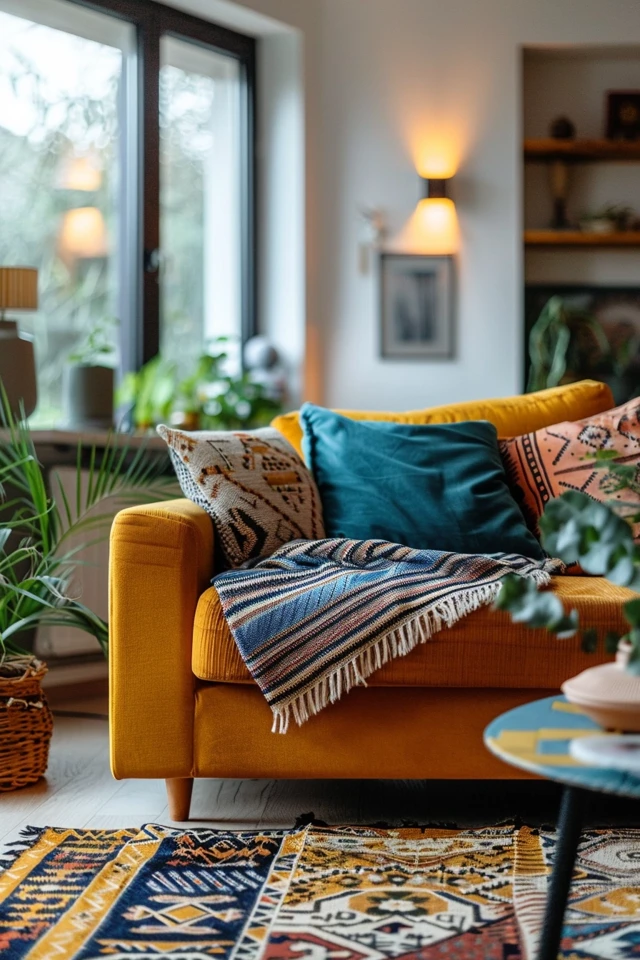
5. Plan Your Layout and Flow
A well-planned layout is essential for creating a functional and harmonious home. As a beginner, take the time to consider how you will use each room and plan the layout accordingly. Think about the flow of traffic, the placement of furniture, and the relationship between different areas of your home.
Evidence-based design emphasizes the importance of a well-organized layout in enhancing usability and comfort. For example, in the living room, arrange seating to encourage conversation and ensure that there is a clear path to walk through. In the kitchen, position appliances and workstations for efficient meal preparation and cooking.
Use floor plans and sketches to visualize different layout options and experiment with furniture arrangements. Consider the size and shape of your rooms and choose furniture that fits well within the space. A thoughtful layout can make your home more functional, comfortable, and aesthetically pleasing.
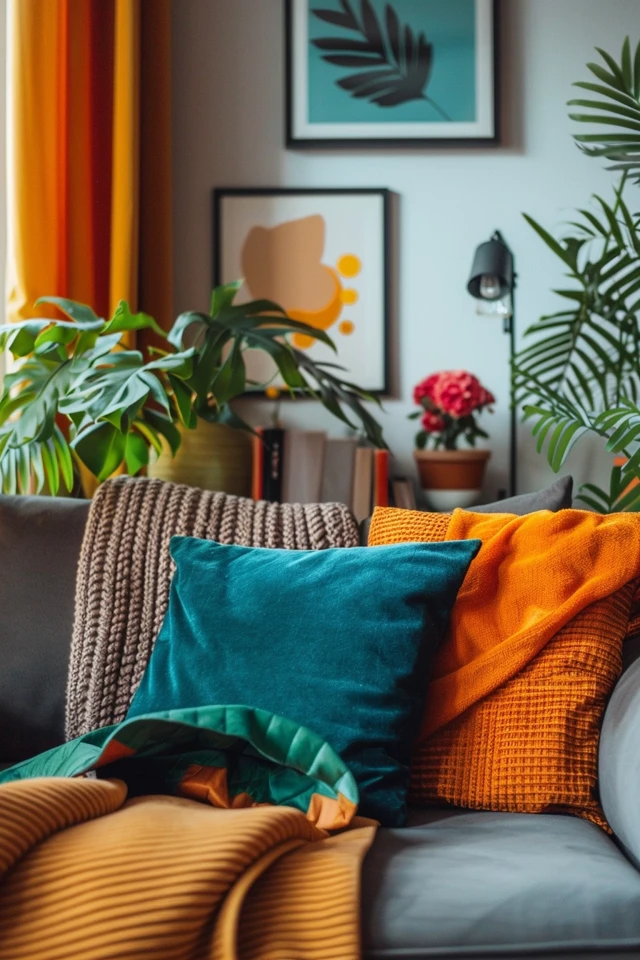
Conclusion
Starting your home decor journey can be an exciting and rewarding experience. By understanding the basics of color, choosing functional and stylish furniture, incorporating effective lighting, using accessories to add personality, and planning your layout carefully, you can create a beautiful and harmonious home.
As an architect and interior designer with expertise in evidence-based design, I encourage you to embrace these fundamental principles and make informed choices that enhance your living environment. A well-decorated home can improve your quality of life, boost your mood, and provide a welcoming space for you and your loved ones.
Remember, the key to successful home decor is to create a balance between aesthetics and functionality. By following these basics, you can transform your space into a stylish haven that reflects your personality and meets your needs. Happy decorating!
Inspirational Pictures
